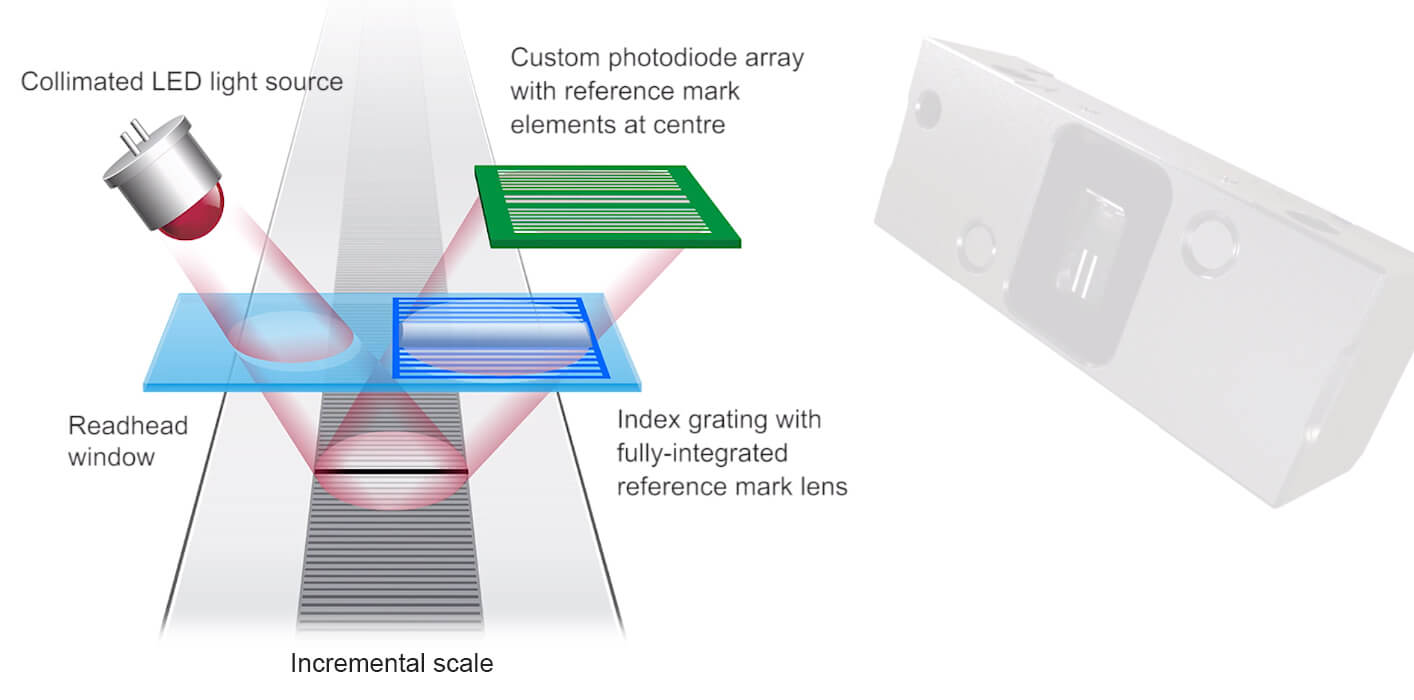What Is An Encoder?

People use GPS for location and direction while positioning stages use encoders.
Encoders are essential components in making our products as precise as possible. Encoders are used to translate rotary or linear motion into a digital signal that can be read by some type of control device in a motion control system, such as a PLC. Usually this is for the purpose of monitoring or controlling motion parameters such as position, count, speed, and direction. Types of encoders vary with each application in order to meet specific product requirements. For example, our RSR series of direct drive rotary stages features an optional dual readhead encoder to meet ultra-precise spec requirements for customers looking for top of the line rotary stages. Encoder applications for automation generally are linear, rotary, position and optical.
In any application, the process is the same: a signal is generated by the encoder and sent to the controller, which then sends a signal to the machine to perform a function.
Check out this video by Renishaw which shows how one type of encoder works >
